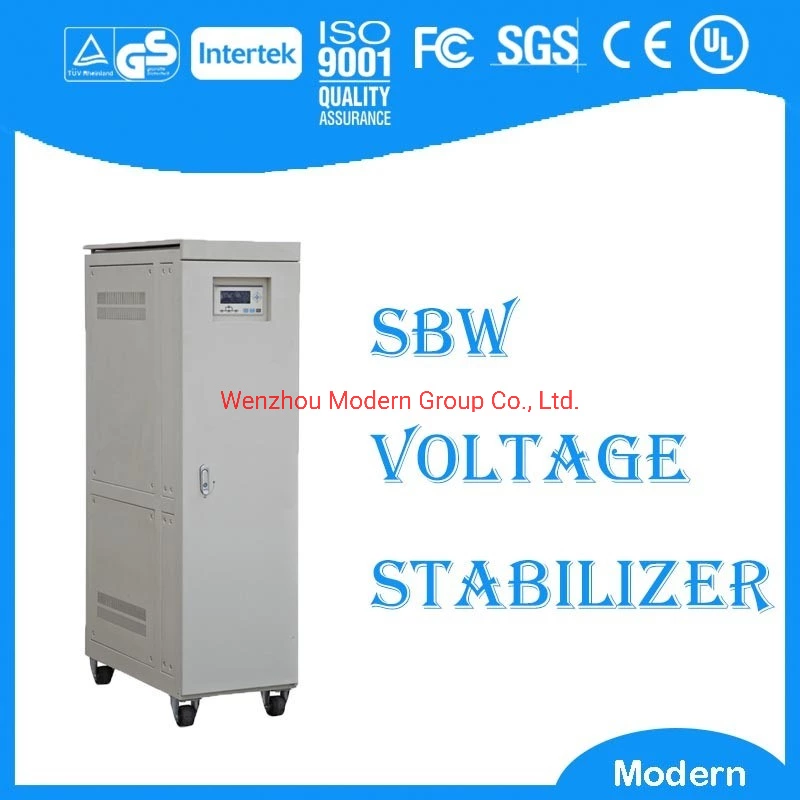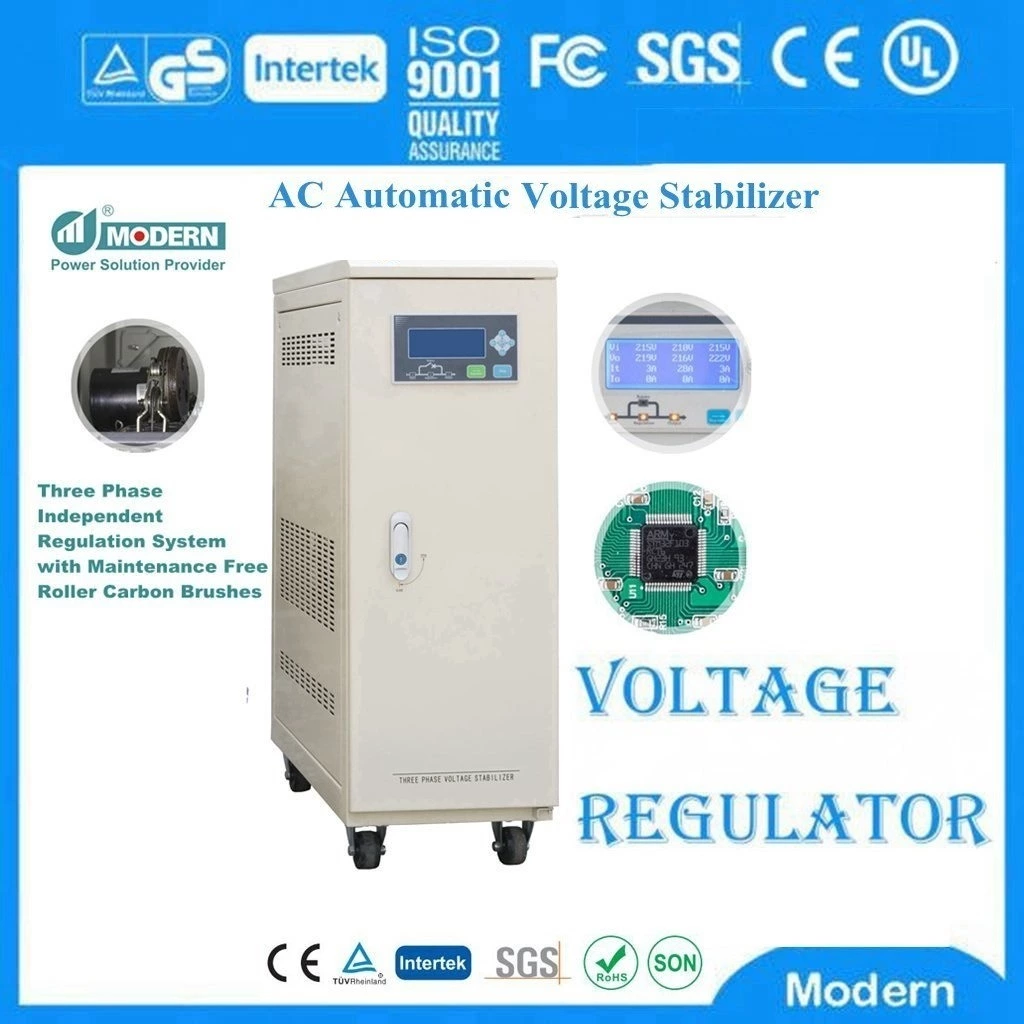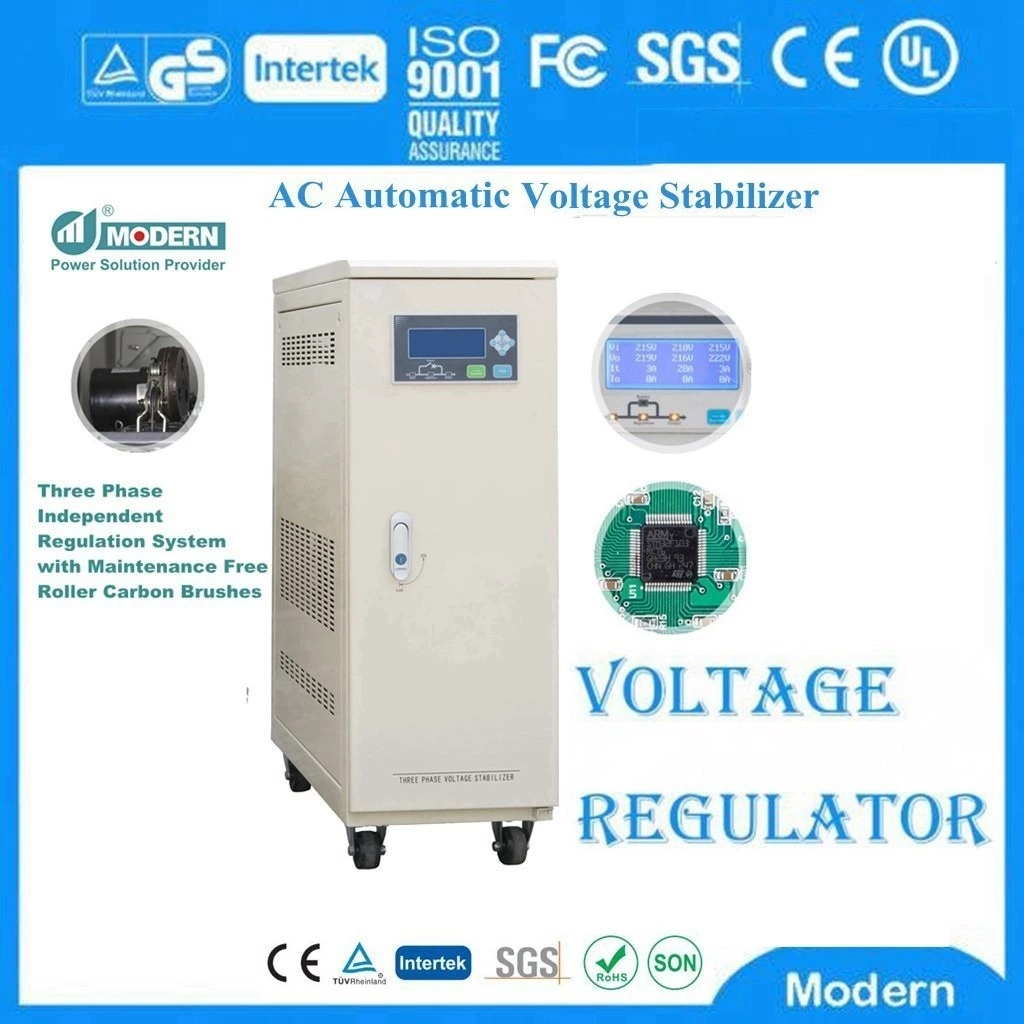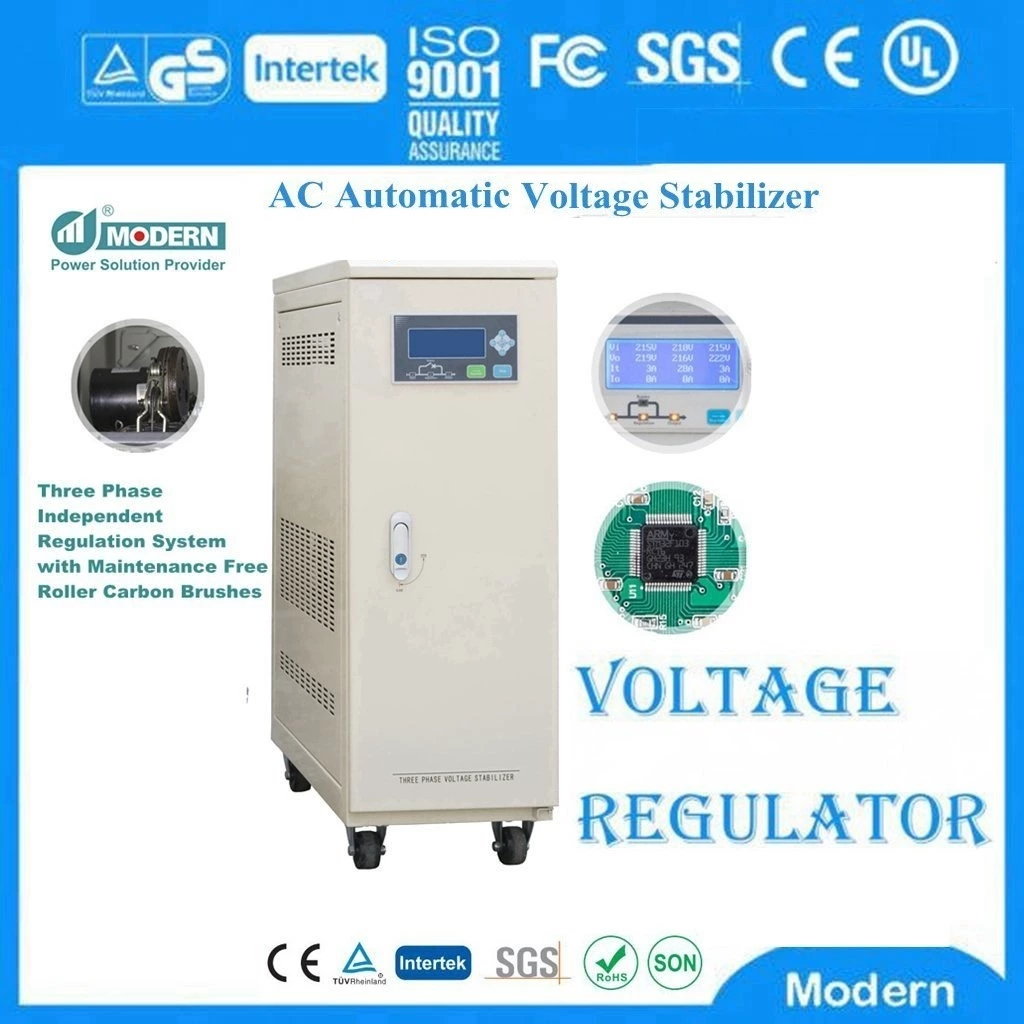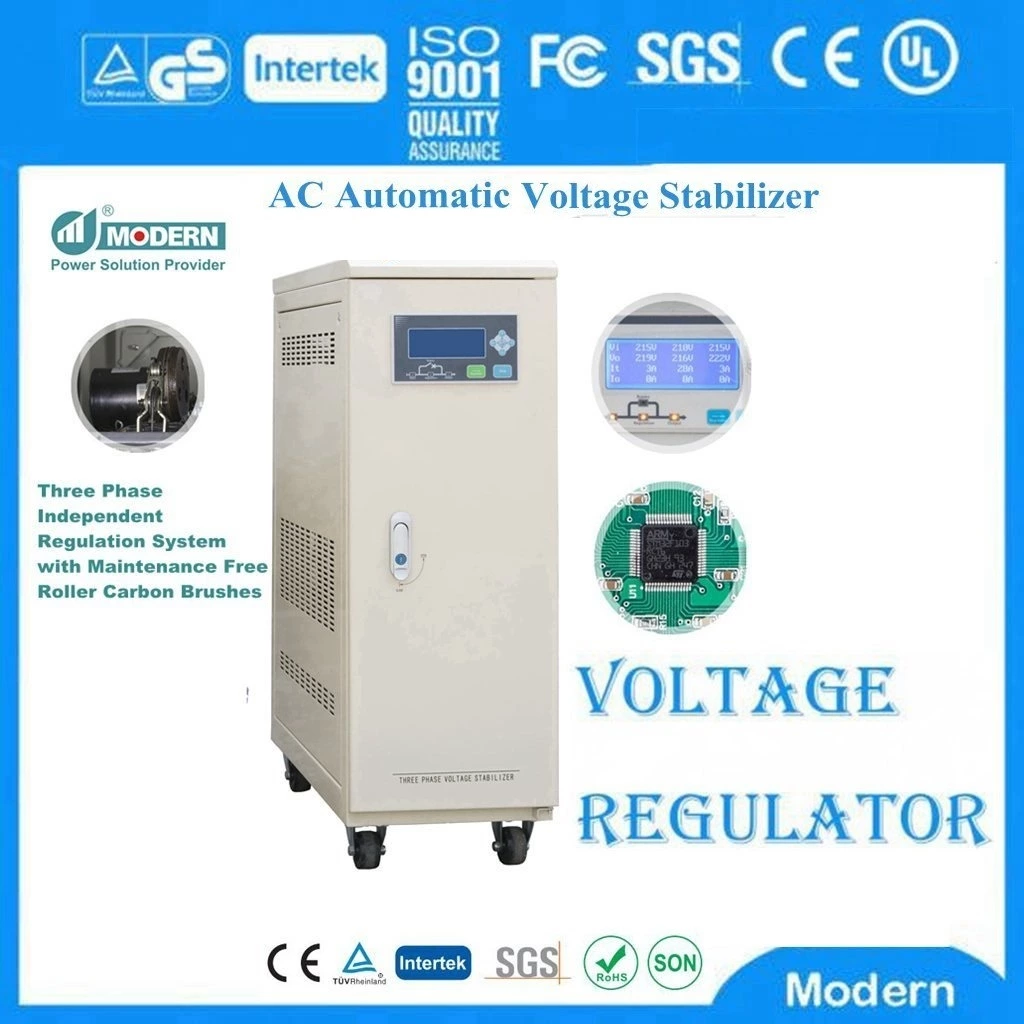How Uninterruptible Power Supply Works
The working principle of Uninterruptible Power Supply(UPS) mainly depends on its built-in battery and inverter.
Specifically, the working principle of UPS can be divided into the following steps:
When the mains power is normal:
UPS converts alternating current (AC) into direct current (DC) through a rectifier and stores it in the battery. At this time, UPS is equivalent to an efficient AC voltage regulator, providing stabilized AC power to the load and charging the internal battery at the same time.
When the mains power is interrupted:
UPS will immediately start the inverter to convert the stored DC power into AC power and continue to provide stable 220V AC power to the load. In this way, the load equipment can maintain its normal operation and be protected from software and hardware damage caused by voltage fluctuations or power outages.
In addition, UPS devices usually have protection functions for over-high or under-voltage, and can monitor power conditions in real time to ensure stable operation of the system.
Depending on the different types of UPS (such as backup, online interactive, and online), the working principle may be different in specific implementation, but generally follows the above basic steps.
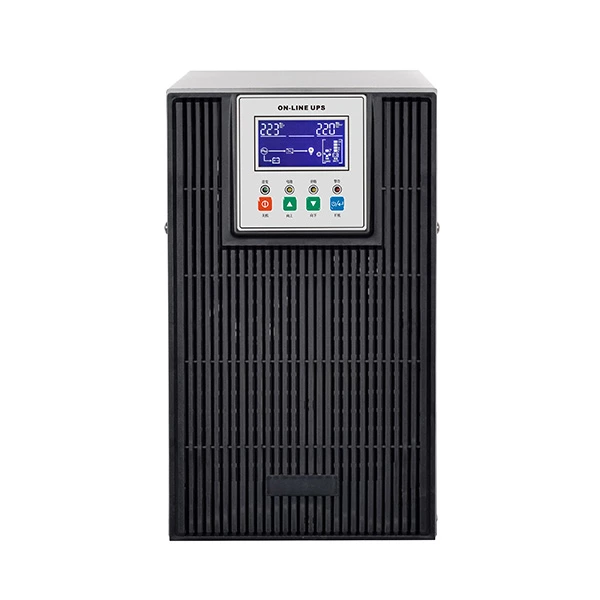
 Русский
Русский
 Français
Français
 Português
Português
 Español
Español
 اللغة العربية
اللغة العربية
